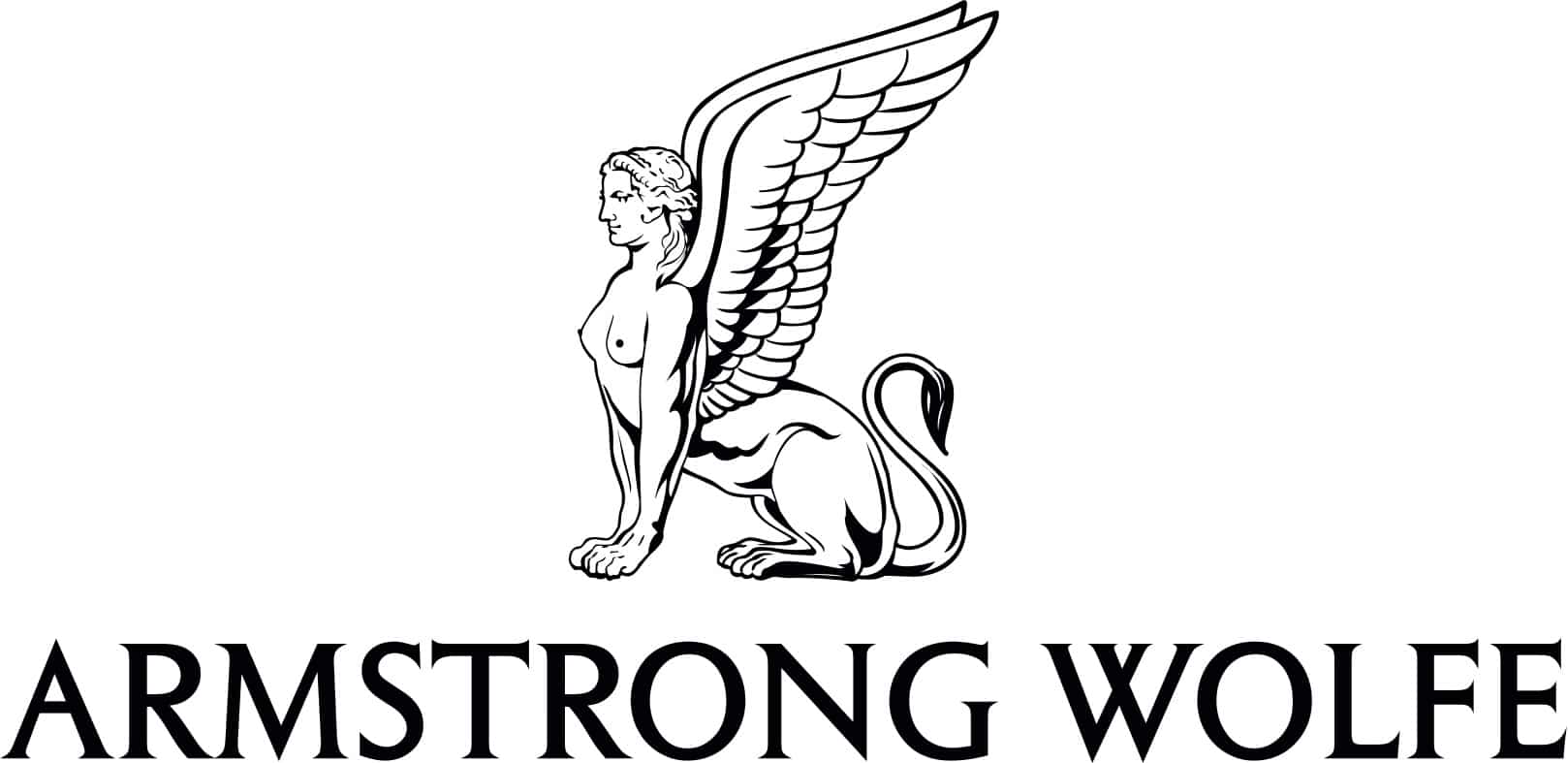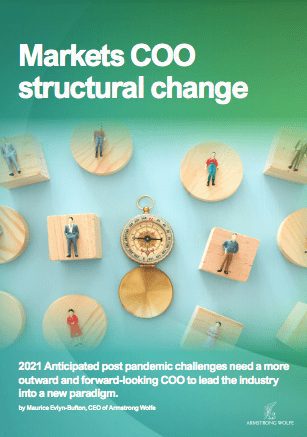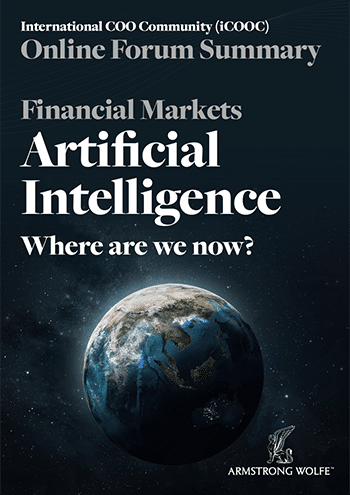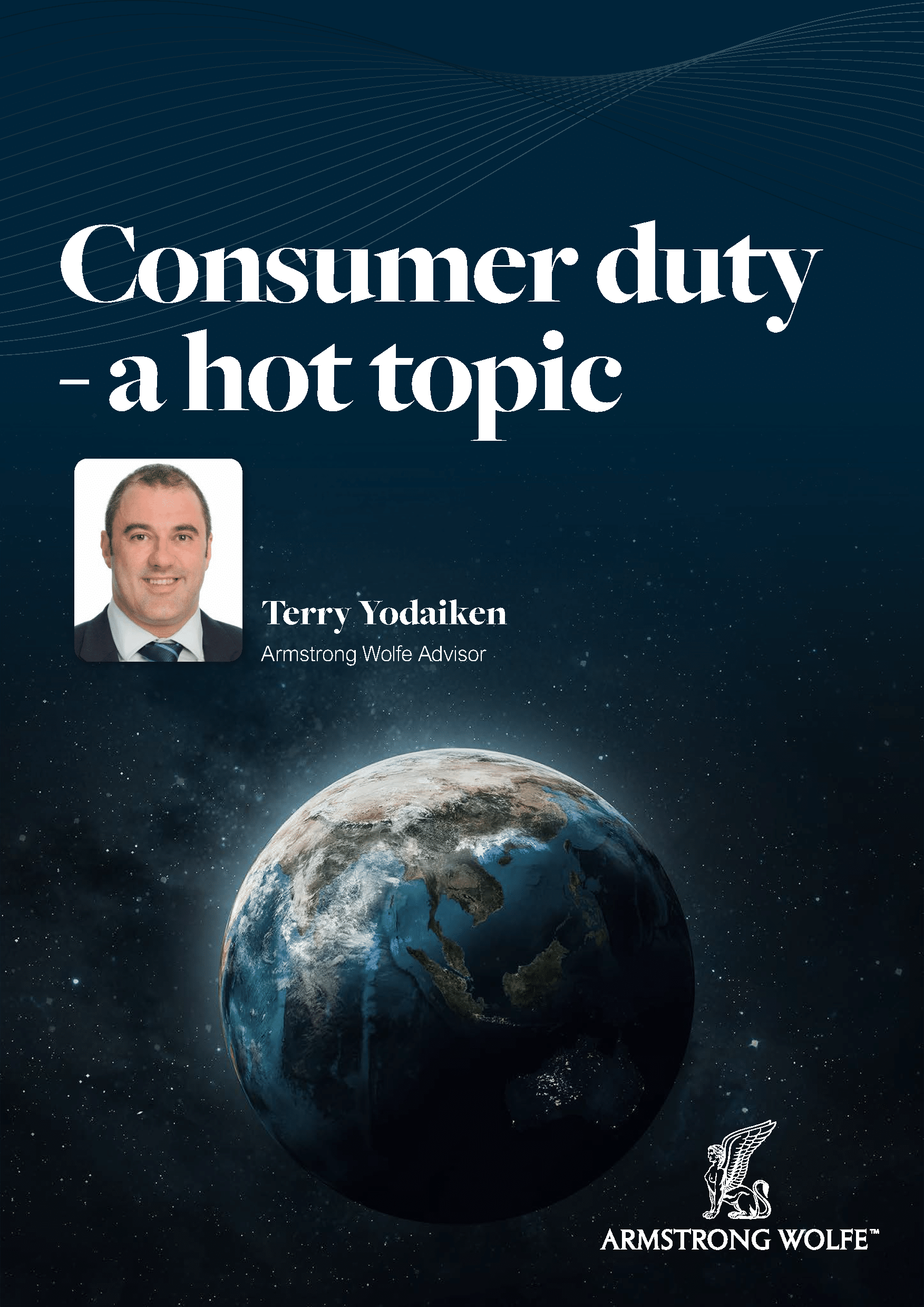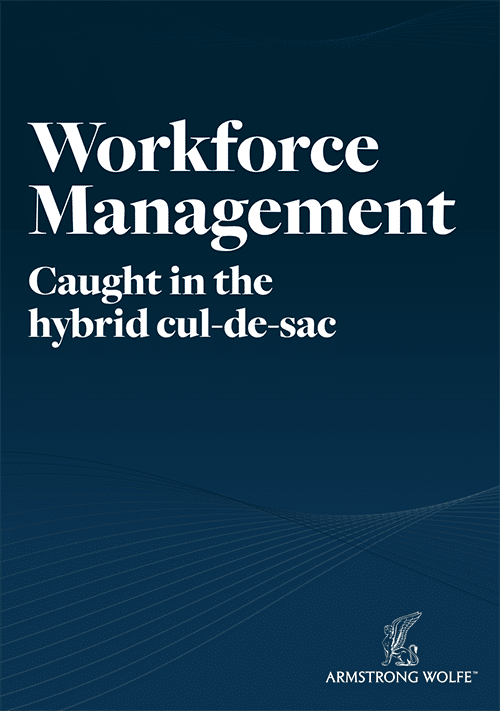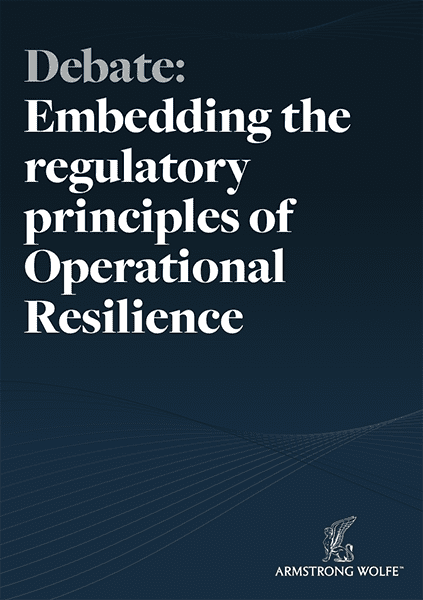2021 Anticipated post pandemic challenges need a more outward and forward-looking COO to lead the industry into a new paradigm.
Influences Shaping the Organisational Design and Mandate of the Markets COO
The visibility and influence of the COO has changed significantly due to its central, coordinating role in meeting the challenges presented by the pandemic. COVID, however, has been the catalyst for this accelerated change in authority, as opposed to the sole reason for it.
From the day that lockdown was announced in various countries and jurisdictions, COOs at global and regional level have been under pressure to lead their organisations into unchartered territory. 11 months later, few foresaw this journey would still be seeking its end and that overwhelmingly the workforce would still be WFH.
Within this period COOs initially focused their efforts on meeting the challenges of the day and taking the business into next week in good order. In Q1 2021 we have entered a period of business as unusual, with the COO managing the day-to-day operations and continuing to meet its challenges, which are increasingly focused on staff and employee wellbeing, productivity, and effectiveness. Alongside this the future state is of equal importance and, prompted by this imperative, many companies are reviewing the role, alignment and purpose of the COO’s office (inc. business management).
In doing so, some are reshaping the competencies required to be the COO and to be able to take the business into a new paradigm, moving its focus from being internal to forward looking and external.
Since 2008 the COO has struggled to extricate itself from the past, being charged to manage the business of the day, whilst looking over their shoulder to the past. Tasked by their executive leadership and by the regulators to ensure previous failings do not repeat themselves, the regulatory agenda since 2008 has been the overriding focus and commitment of time and resources for the COO. In 2021, however, there appears an industry wide tilt to empower the COO to look to the future, to embrace technologies and disruption, to meet the challenges of managing a distributed workforce and to take the industry into a new paradigm. To do this, the COO today will need commercial competencies and experience, the support of the CEO, and funding to manage this change and meet expectations.
It is perhaps a little surprising that a small handful of COOs are still under pressure to review and reduce headcount amidst this sea of change. In some cases, there appears little regard for how reductions will impact the capacity of the COO to execute the broad spectrum of responsibilities carried by the office. In such limited cases it suggests the role of the COO is not supported or understood by the executive, who fails to realise the value an empowered COO acting with the authority and support of the CEO (or Head of Markets) can bring.
The COO’s role has historically changed with the ebb of the tide, adapting to meet the challenges of the day. This time there is hope its influence and its positioning will be better understood, funded and supported to enable the role to maximise its impact.
Any review should lead to a moment of reflection and a redefining of purpose. This should lead to a reallocation of responsibilities to other functions, streamlining the responsibilities of the COO’s team, and moving tasks into group or the infrastructure. The COO would move from being responsible for some operational tasks to the client in receipt of them.
With a change in mandate and in purpose there will almost certainly be a need to upgrade staff within business management to ensure it has the depth of experience and content (risk, technology, and project management skills) to add value to the business effort. Either way, the present COO’s mandate is inevitably going to change as an impact of the pandemic. The pandemic has been the catalyst to accelerate a natural evolution of the COO function, giving rise to unforeseen challenges. In this context change is needed if the COO is going tackle the challenges ahead.
Evolution not Revolution: the backdrop to further change
The fortunes and design of the COO and their front office business management functions have fluctuated significantly since 2008, as banks have struggled to define a role that appears able to survive the test of time.
Some would argue that time and place and the demands of the market are the factors that define the exactness of the role of business management, such as the regulatory agenda and in doing so, the competencies required by the COO and those within business management. This is true in part but does not reflect the organisational complexities that have influenced changes to design:
Personalities
Organisational change*
Support function effectiveness
Technology
* merger, integration, up or down-sizing
The challenge to the mandate and its allocated headcount is focused on cost and a return on this investment. This may appear obvious but is more relevant when assessing the value of the business management function, as it can be perceived as being a nebulous and ill-defined function that lays itself open to headcount reduction and cost pressures due to its unclear mandate. This more so when the Markets business sits within a larger banking franchise when a cost reduction exercise may be driven centrally. Group executives that have had no time in Markets, for example, would lack an appreciation and understanding of what a business management function does (in Markets) and therefore have a limited appreciation of its value.
Therefore, it is not surprising it has been a target for cost reduction, being embedded in the business and not directly contributing to revenues. It remains the soft underbelly for head count reduction in trying times. Much of what the COO’s team does goes unnoticed, being below the water line, with its mandate and duties shaped by the duties and demands of the day. The operating model is constantly tinkered with but rarely changed, although an economic downturn, a new CEO, a merger are examples that have led to a redefining of a COO’s mandate, taking it into a period of evolutionary change as opposed to a substantive and structural upheaval and modernisation.
Operating Models
There remains no recognised or standardised model, with the role of the Markets COO and the business management function remaining a point of debate and reflection. The operating models that capture most banks are as follows:
FTB Integrated
a. Markets: COO reports to CEO/Head of Markets – sits in business, paid by the business; front office sales and trading business management, 1st line controls and conduct, front office technology, middle office, and operations
b. GBM / CIB: as above, except the COO reports to a divisional GBM or CIB COO
Business Integrated
a. Markets: COO reports to CEO/Head of Markets – sits in business, paid by the business; front office sales and trading business management, 1st line controls and conduct
b. GBM / CIB: as above, except the COO reports to a divisional GBM or CIB COO
Finance Integrated
No Markets COO. Front office business management aligned to product control reporting into the Markets CFO, in turn into the CIB or other CFO (or) business management reporting the entity CFO.
Segregated
This was the traditional model adopted by most banks through to 2011 – 2014, with many adjusting and moving to a centralised model in response to the regulatory agenda which demanded a centrist approach to manage and deliver regulatory change. Additionally, a driver was cost savings, efficiencies, and seeking enhanced productivity. In this decentralised model the COO had no direct ownership of the product COOs or in-line change or control. The COO would be supported by a centralised control and conduct team. In both cases they would have a dotted line to the global or regional Markets COO.
2021 Market Analysis an insight into 25 of the world’s leading banks
Only 2 (8%) of the 25 banks have had their present COO in position for more than 5 years
12 (48%) have appointed a new COO in the last 12 months
14 (56%) have appointed a new CEO or Head of Markets in the last 2 years
8 (32%) have undertaken an organisational change in the design of the COO and business management function in the last 2 years
Only 5 (20%) have a steady-state in their present operating model for over 5 years
London remains the most popular location for the global COO to be located, with 10 (40%) and second being the 5 employed in NYC (20%)
Differing Functionalities
a. Controls and Conduct (1LoD)
Without exception the community has appointed a 1st line controls officer, the most common title being the Chief Control Officer (CCO).
15% of CCOs report directly to the CEO/Head of Markets, 85% to the COO
85% run an integrated and centralised CCO function, with 1st line control officers embedded in each product line, working with the business day to day, but reporting directly to the CCO. 15% have the in-business control officers reporting into the business line COO, with a dotted line to the CCO.
25% have moved to a CIB/GBM wide CCO model, seeking out cross divisional efficiencies. The divisional CCO (DCO) has oversight of the framework, the book of work of the DCO’s office being predominantly conduct-focused.
The CCO works closely with the in-business regulatory change officer, appointed at all banks in some configuration. Recognising each regulation inevitably delivers the controls to manage its deployment/application into the business. Both work closely with compliance and operational risk with differing degrees of effectiveness.
b. Product and Regional Alignment
The business portfolio defines the alignment of the product COOs.
The traditional and most popular structure is a global COO Equities and Fixed Income. However, variances are found. For example, where FX is the predominant business the FX COO may report directly to the Markets COO, with 15% of banks aligning FX with Credit to form a Macro business with an appointed COO to this business.
Regional Markets COOs do not generally own the regional product COOs, retaining a direct reporting line to the global product COO. The regional COO is mandated to meet regional and/ or the location regulatory agenda, manage the Markets’ budget and head count and in some cases, provide and run change for the business.
c. Managing Change
Transformation and delivering change are inconsistent in adaptation, more than any other disciplines within business management.
The inter-relationships between the business and technology, the business and its infrastructure partners and the management of the relationships with external vendors and the Fintech community vary significantly bank to bank.
Business lines tend to own product aligned change and technological development, with limited headcount to meet these demands and a reliance on consulting and/or contractors to deliver change. Some banks have developed a centralised change function within business management to serve cross-business initiatives and/or to supply headcount to support specific product initiatives upon request.
The inter-relationship with technology, the business analysis bridge, does not have a consistent positioning in the industry, and is frequently a casualty of cost reduction pressures and personal preferences as to its positioning. It is broadly recognised there is an industry wide skill-set shortage within project and programme management, with limited availability of candidates at execution level with project management experience, skills and training. This capability gap frustrates progress for many, with a new approach needed to address this skillshortage.
“Once more unto the breach, dear friends”
The pandemic has provided a unique situation and a platform for change. Fortune may well favour the brave when considering what next for their COO function. *Henry V, spoken by King Henry. William Shakespeare
For more information and/or if you are interested in discussing the work Armstrong Wolfe has undertaken in advising the industry on what looks good and in setting the target operating model for the COO, contact
